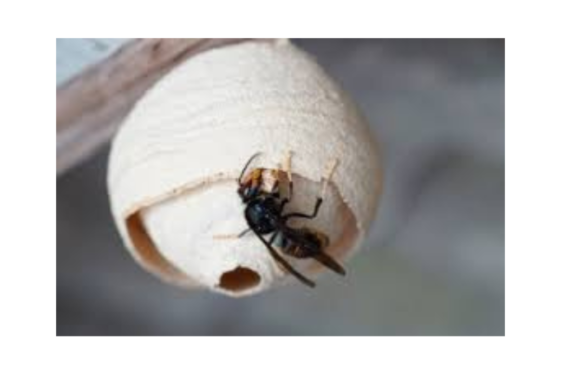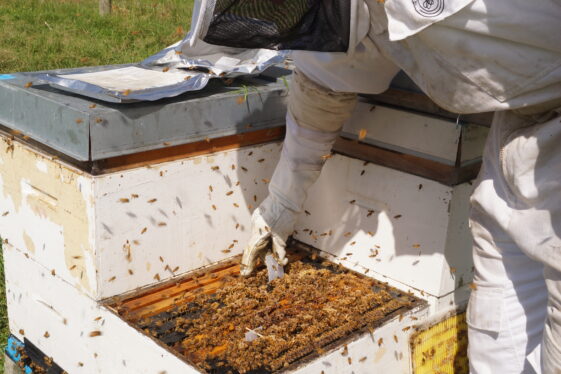Varroa monitoring is worth the investment
Monitoring: An important practice that could save your colonies
The main objective is to avoid a critical level of varroa mite infestation that could lead to colony losses. Varroa monitoring is used to estimate the degree of varroa infestation, optimise the time of treatment, and confirm that treatment was successful. Monitoring also makes it possible to choose the most efficient control product, determine if treatment is needed soon, or if you can wait until later in the year. Knowing your hives’ varroa levels in the late summer and fall will aid in making treatment decisions at that time, and help ensure that your colonies do not enter the winter with high mite loads. This will help reduce winter colony losses and give you stronger spring colonies. The cost of replacing a colony of honey bees, feeding the new hive, and lost honey production is a good argument in favour of regular monitoring.
How do I know if treatment was successful?
It is very important to know varroa mite levels before and after treatment. Very high varroa numbers prior to treatment will make mite reduction more difficult, and possibly allow virus levels to climb to the point where the loss of the colony is likely, despite later reduction. Varroa numbers higher than five mites per 100 bees puts the colony at great risk. Monitoring after treatment will prove the effectiveness of your control effort or indicate possible re-infestation due to robbing or drifting of bees.
Is Varroa monitoring time well spent?
While monitoring Varroa infestation levels can be a time-consuming process, the information gained is well worth the investment. Avoiding the cost of replacing dead colonies, lost honey production, and the unavailability of colonies for pollination or production of queens, or nucs is a good reason to monitor infestation levels. Some beekeepers follow a strict routine and treat their colonies against varroa always at the same calendar date(s) or in the same week. We now know that Varroa control is not that simple, and conditions will vary each year. Monitoring aids beekeepers by providing valuable information about when to treat, and how many times. For example, failing to treat when needed can result in a dead colony, and not treating a colony because infestation levels are low saves the cost of an unnecessary treatment.





